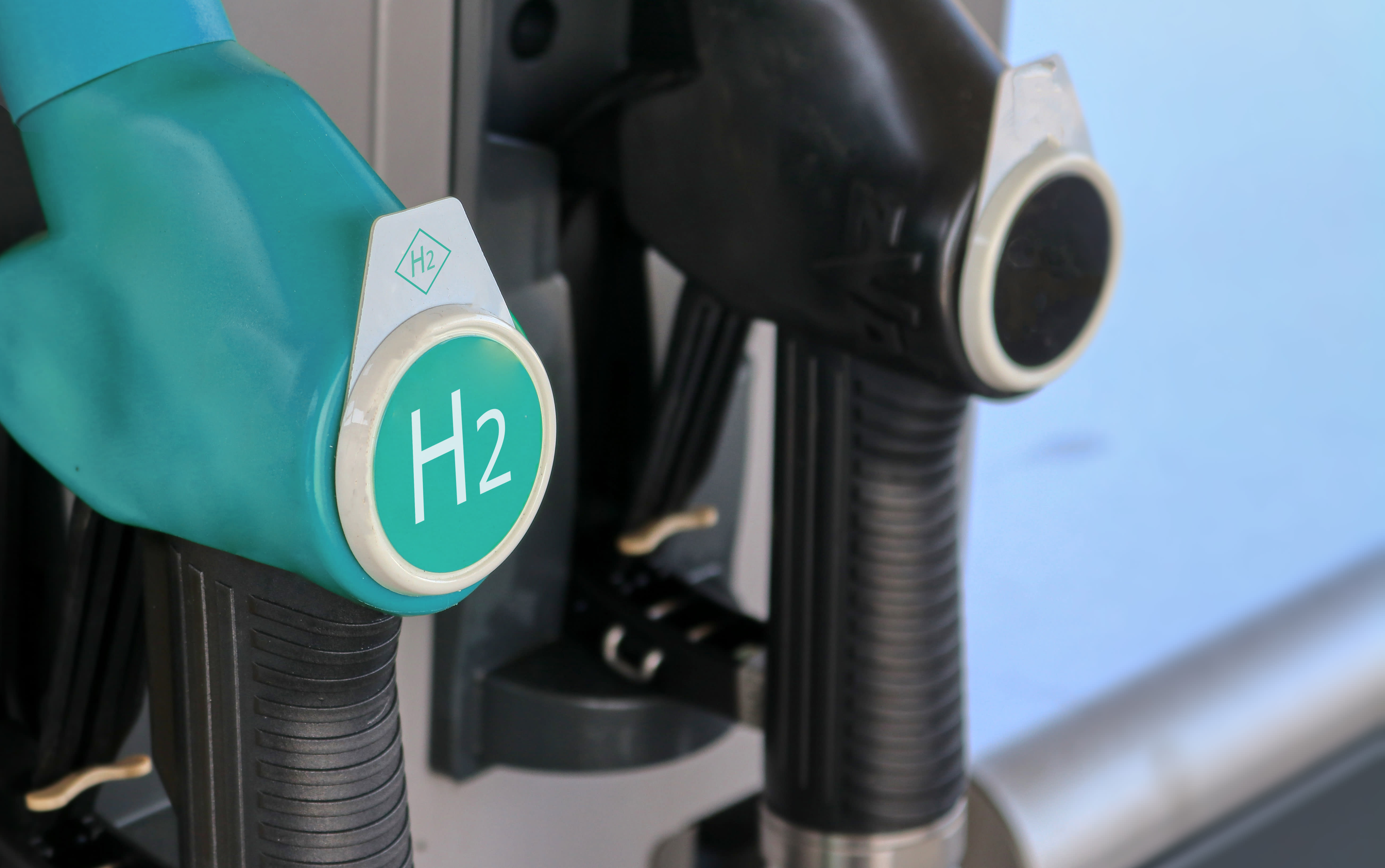Saudi Aramco backs Brooklyn-based startup turning ammonia into fuel
In the race to find cleaner fuels, the heavy duty transportation sector is woefully behind because batteries don’t have enough juice to power trucks and ships. Enter ammonia. New technology and new companies are working on turning ammonia into hydrogen to power tractors, trucks and even ships.
The heavy duty trucking industry alone accounts for almost a quarter of all greenhouse gas emissions from transportation. Emissions from shipping increased nearly 10% from 2012 to 2018, according to the International Maritime Organization. Ships release nearly 1 billion metric tons of carbon dioxide each year, which is about equal to the annual carbon outputs of Texas and California combined.
related investing news

So companies like Man Energy Solutions, Wartsila, and Amogy, a startup based in Brooklyn, are working on ammonia-based alternatives.
“Our proprietary technology enables bringing efficient and effective conversion of ammonia to hydrogen so that you can use that process onboard in the vehicle to produce hydrogen, and then use that produced hydrogen to run the vehicle using the fuel cell,” explained co-founder and CEO Seonghoon Woo.
The technology enables the on-board “cracking” (or decomposition) of ammonia into hydrogen, which is then sent into a fuel cell to power a vehicle. Liquid ammonia’s energy density is approximately three times greater than compressed hydrogen.
Amogy just tested its technology on a semi-truck, and has already made it work on a John Deere tractor as well as a drone. The next step toward clean shipping is a tugboat.
“We are partnering a lot with industry stakeholders in shipping and heavy manufacturing in heavy industries. So certainly the collaboration is the key to scale the new technology like ours, to really scale it and also penetrate to the market,” said Woo.
One of Amogy’s investors, Saudi Aramco, is the largest petroleum producer in the world, but sees ammonia as part of its future.
“It really opens up new markets for hydrogen through the ammonia low-carbon vector, which we are betting on as a favorable way of transporting hydrogen,” said Ahmad Al-Khowaiter, chief technology officer at Saudi Aramco.
“It’s going to be a growing market in a carbon-constrained world. Such products are going to be more valuable, and the market for that and demand is going to rise, so we see this as very positive from our shareholders perspective,” he added.
In addition to Saudi Aramco, Amogy is backed by Amazon‘s Climate Pledge Fund, AP Ventures, SK Innovation and DCVC. The startup has raised $70 million so far.
CNBC producer Lisa Rizzolo contributed to this piece.
In the race to find cleaner fuels, the heavy duty transportation sector is woefully behind because batteries don’t have enough juice to power trucks and ships. Enter ammonia. New technology and new companies are working on turning ammonia into hydrogen to power tractors, trucks and even ships.
The heavy duty trucking industry alone accounts for almost a quarter of all greenhouse gas emissions from transportation. Emissions from shipping increased nearly 10% from 2012 to 2018, according to the International Maritime Organization. Ships release nearly 1 billion metric tons of carbon dioxide each year, which is about equal to the annual carbon outputs of Texas and California combined.
related investing news


So companies like Man Energy Solutions, Wartsila, and Amogy, a startup based in Brooklyn, are working on ammonia-based alternatives.
“Our proprietary technology enables bringing efficient and effective conversion of ammonia to hydrogen so that you can use that process onboard in the vehicle to produce hydrogen, and then use that produced hydrogen to run the vehicle using the fuel cell,” explained co-founder and CEO Seonghoon Woo.
The technology enables the on-board “cracking” (or decomposition) of ammonia into hydrogen, which is then sent into a fuel cell to power a vehicle. Liquid ammonia’s energy density is approximately three times greater than compressed hydrogen.
Amogy just tested its technology on a semi-truck, and has already made it work on a John Deere tractor as well as a drone. The next step toward clean shipping is a tugboat.
“We are partnering a lot with industry stakeholders in shipping and heavy manufacturing in heavy industries. So certainly the collaboration is the key to scale the new technology like ours, to really scale it and also penetrate to the market,” said Woo.
One of Amogy’s investors, Saudi Aramco, is the largest petroleum producer in the world, but sees ammonia as part of its future.
“It really opens up new markets for hydrogen through the ammonia low-carbon vector, which we are betting on as a favorable way of transporting hydrogen,” said Ahmad Al-Khowaiter, chief technology officer at Saudi Aramco.
“It’s going to be a growing market in a carbon-constrained world. Such products are going to be more valuable, and the market for that and demand is going to rise, so we see this as very positive from our shareholders perspective,” he added.
In addition to Saudi Aramco, Amogy is backed by Amazon‘s Climate Pledge Fund, AP Ventures, SK Innovation and DCVC. The startup has raised $70 million so far.
CNBC producer Lisa Rizzolo contributed to this piece.
